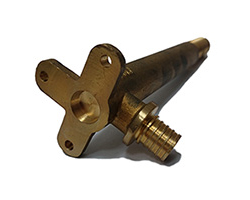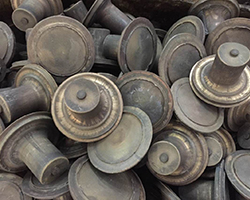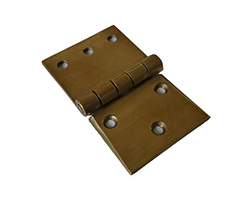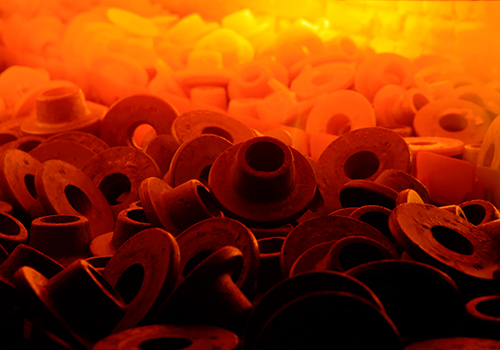- Hot stamping
Metal objects, depending on the purpose, mass, size of the series, can be made by various methods: casting, machining or by forging. If the object is to be distinguished by high strength properties and not have any defects that occur in the castings, it should be made by forging and finished with machining.
Hot stamping, also known as hot forging, is a manufacturing process involving the shaping metals between two tools without cutting, using a force delivered with a power hammer or using a high-pressure force by means of a press. Forging can create a variety of sizes and shapes with enhanced properties when compared to castings.
Nordmet offers custom forging for small metal component parts, including the production of forging tools and dies to utilize CAD/SolidWorks software.
Advantages and disadvantages of hot stamping
Hot forging advantages are as follows:
- the possibility of using smaller technological surpluses,
- greater accuracy of forgings,
- the possibility of giving a perfect shape to the forging
- the possibility of easily and quickly forging objects with complex shapes, low labor consumption, and high efficiency,
- significant savings in labor costs,
- high repeatability of the shape of forgings,
- easy determination of the forging time, which enables an accurate cost calculation.
Common hot forging advantages are:
- the necessity of using forging machines with increased accuracy of guiding dies,
- the high cost of tooling,
- profitability with large series of forgings,
- small dimensions of forgings.
Available materials for hot stamping:
• brass
• bronze
• copper





